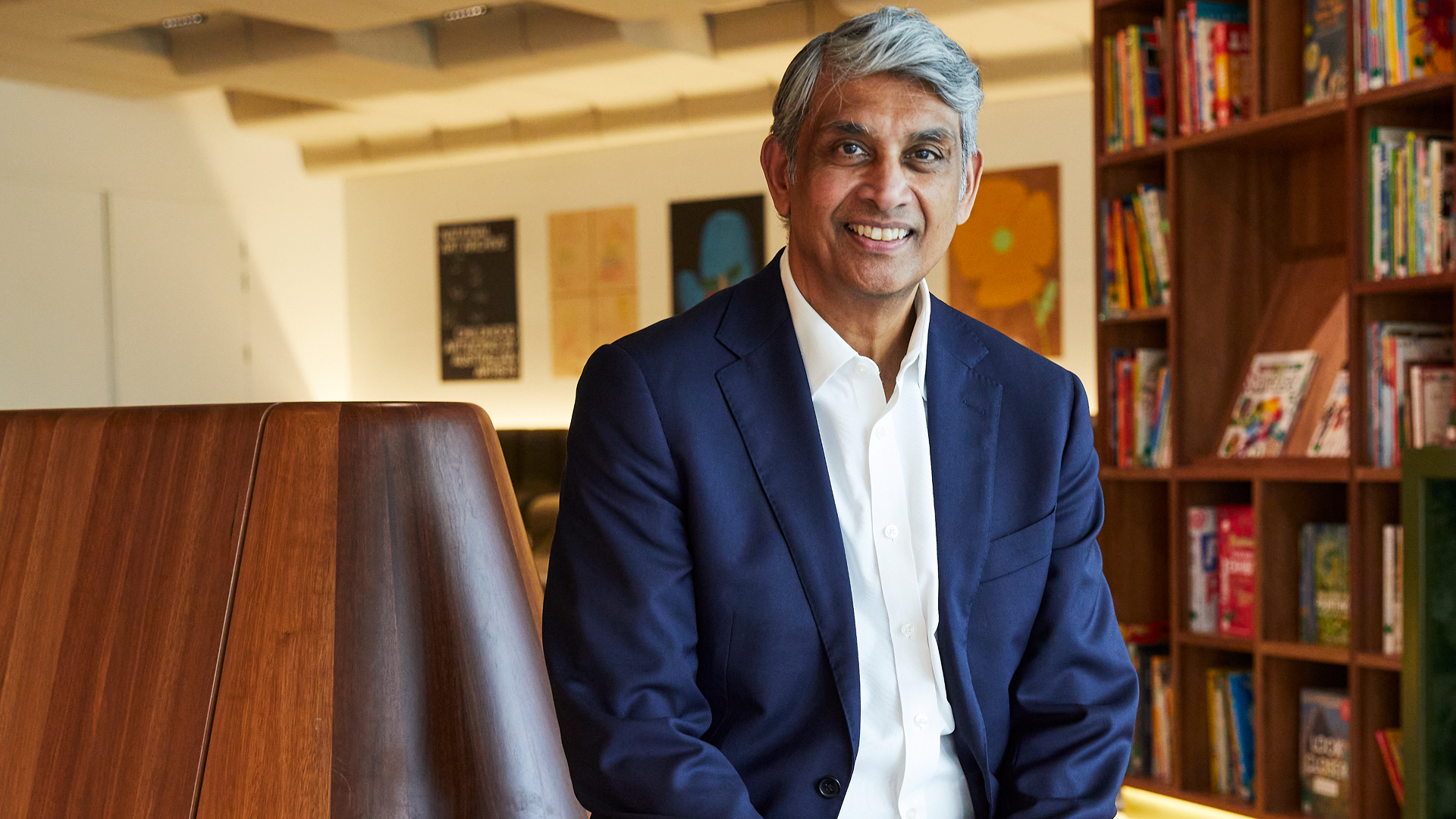We're going to need a bigger plan
Bell Financial Group CEO Arnie Selvarajah didn’t mince words at Livewire Live 2025.
“We have an ageing problem,” he said bluntly, pointing to a looming demographic and fiscal crunch.
Over 4.3 million Australians are currently over 65 – a figure forecast to double to 8.8 million by 2050.
Against a shrinking taxpayer base, Selvarajah warned that relying on government pensions is “unsustainable.”
But rather than doom and gloom, his presentation – titled From Live Wire to Live Well – was a rallying cry for investors and the financial services industry to rethink retirement, advice, and engagement.

The advice imperative: a shrinking pool of support
Selvarajah painted a sobering picture: the cost of age pension payments – already $55 billion annually – will rise to $110 billion in 25 years, climbing from 3% to 4.5% of GDP.
Meanwhile, the ratio of taxpayers to pension recipients will fall from 4.1 today to 2.7.
Yet even as the challenge grows, the advice industry is contracting.
“We now have less advisers in Australia to actually service the population to help us bridge that gap,” Selvarajah said.
For investors, that shortage means two things: demand for high-quality advice will surge, and the cost of missteps – whether through poor planning or lack of guidance – will compound.
The great wealth handoff
Adding to the urgency is what Selvarajah calls “the handoff”: $3.5 trillion of wealth expected to transfer between generations over the next 15 years.
But recipients are disengaged. Of Australia’s 20 million adults, just 2.2 million currently use professional advice. “They rely on their super funds to get them to retirement and to fund their retirement post their working lives,” he observed.
For investors, this transition presents both risk and opportunity. Disengaged heirs may squander capital or underinvest. But firms and fund managers who build trust, transparency, and digital-first engagement stand to capture enormous inflows.
What future clients want: transparency, control, and digital access
Selvarajah shared four clear messages from Bell’s research:
-
Transparency: Clients “want more transparency to what their adviser’s doing and why.”
-
Control: They “don’t want to do the work, but they want to have control.”
- Trust: Choosing who to trust is critical – advisers must earn it early.
- Digital Engagement: They “want to be able to access information digitally and engage… in a much more digital way.”
These expectations reshape the playing field. Advisers and platforms that cling to legacy models – opaque fee structures, rigid service tiers, and analog processes – risk irrelevance.
Bridging the gap: episodic advice and flexible journeys
Selvarajha argued for breaking down the silos between “self-directed” and “advised” clients. Investors rarely fit neatly into one box for life.
“You might be self-directed in a discretionary portfolio, but you might need some advice for a portfolio part of your portfolio that's more meaningful or potentially your superannuation balance", he said.
To solve this, Bell is developing episodic advice – a middle ground where investors can validate their decisions or seek guidance without abandoning their platform or paying full-service fees. It’s an approach that could lower barriers, build trust, and keep capital within the same ecosystem.
For self-directed investors who freeze up when their portfolios “achieve a size that becomes meaningful,” episodic advice offers a safety valve. For fully advised clients, it allows selective autonomy – reflecting real-world behaviour, where 72% of advised Australians also maintain online investing accounts.
Implications for investors
Selvarajah’s vision carries several practical takeaways:
1. Plan early for self-sufficiency: government pensions are unlikely to maintain today’s standards. Building diversified, income-producing portfolios is key.
2. Evaluate advice options: as advice models evolve, seek providers offering flexible engagement and transparent pricing. Episodic advice could become a cost-effective bridge.
3. Leverage digital tools: use technology to monitor, model, and adjust your investments. The next generation of platforms will blend personal guidance with digital convenience.
4. Position for the wealth transfer: companies, funds, and advisers that win the trust of younger generations stand to benefit from the $3.5 trillion shift. Investors can look for exposure to businesses positioned to serve this demographic wave.
A call for industry and investors alike
Selvarajah closed with a hopeful vision:
“Hopefully we create an environment where the only thing we’re running out of it ways to spend the money rather than the money”.
For investors, that means acting now – building wealth, engaging wisely with advice, and demanding the transparency and flexibility that the next era of finance will require.
His message was clear: to live well tomorrow, Australian investors – and the industry that serves them – must adapt today.
1 topic


